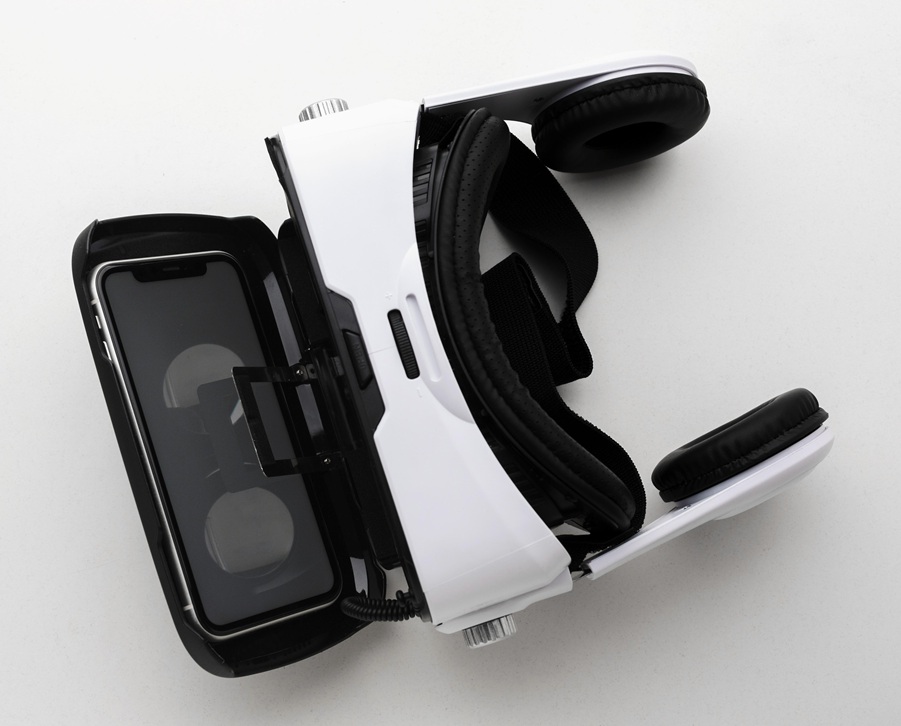Cell signal is great—Until it’s gone
Picture this: You’re coordinating a team at a remote job site. Or managing security at a major event. Maybe you’re even out in the mountains, keeping your group together across rugged terrain.
Your two-way radio has been solid all day, powered by cellular push-to-talk (PoC) connectivity. Then—boom—your LTE connection drops. Suddenly, that smooth communication turns into digital silence.
Sound familiar?
Here’s the truth: even the most advanced PoC radios, which rely on nationwide cellular networks, have limits. That’s why smart teams know when to trust the network—and when to bring traditional radio backup.
Modern Radios and the Power of Cellular
First, the upside. Today’s best two-way radio leverages 4G/LTE and even Wi-Fi to enable crystal-clear, coast-to-coast communication. These push-to-talk systems mimic traditional walkie-talkies—but with far greater range and reliability (when connected).
When should you lean into this cellular strength?
Use cellular-enabled two-way radios when:
- You’re operating in urban areas or regions with strong, consistent coverage
- You need to coordinate across long distances—multiple states or facilities
- You want real-time voice + GPS tracking + data functionality
- Your work is fast-paced, but based in network-reliable zones
Think security teams at sports stadiums. Transportation fleets. School districts. National retailers with multi-location operations. In these cases, PoC radios powered by cellular are unbeatable.
When to Bring Backup: The Off-Grid Reality Check
Cellular isn’t always there when you need it. Remote construction sites, mountainous terrain, underground facilities, severe weather, and large-scale events can all cause dead zones or tower overloads.
So, what do you do?
Bring backup.
This is where dual-mode radios or traditional analog/digital UHF/VHF units earn their keep. These radios don’t rely on towers—they create a direct line between units using radio frequency.
Use non-cellular backup when:
- You’re working in rural or rugged terrain
- You expect to lose cell service due to location or interference
- You’re indoors in thick-walled or below-ground structures
- You’re preparing for disaster response or emergency scenarios
- Redundancy is part of your SOP (smart move, by the way)
From wildland fire crews to ski patrols and construction foremen, there’s a reason traditional radio is still a staple. It’s instant, infrastructure-free, and often your only line of contact in a no-signal zone.
Hybrid Strategy = Smarter Communication
Here’s the secret: it doesn’t have to be either/or.
A growing number of teams are adopting a hybrid radio strategy—leveraging the flexibility and power of PoC radios where coverage is strong, while keeping traditional radios in the mix for backup or local short-range comms.
Bonus? Some modern radios even offer dual-mode capabilities, switching between cellular and radio frequency as needed.
Think of it like this:
- Cellular = great for coverage, GPS, and management features
- RF backup = great for resilience and independence
Use both, and your team stays operational—no matter what the network decides.
Best Practices for Radio Readiness
To make the most of your two-way radio setup, here’s what the pros do:
– Pre-plan for coverage: Know where you’re going. Check coverage maps and prep accordingly.
– Train on both systems: Don’t let team members panic when cellular drops. Practice switching protocols.
– Keep radios charged: Redundancy only works if your backup actually powers on.
– Label use cases clearly: Know which channels or radios to use in what scenario.
– Test your failover procedures: Don’t find out your backup plan doesn’t work during a real outage.
Conclusion: Coverage Is a Tool, Not a Guarantee
Cellular two-way radios are powerful, efficient, and flexible. But no network is perfect. Knowing when to rely on cellular—and when to have a backup plan—can make or break your operation.
For real-world performance insights and to see how modern radios hold up in the field, check out:
Because communication isn’t just about staying connected—it’s about staying ready.



